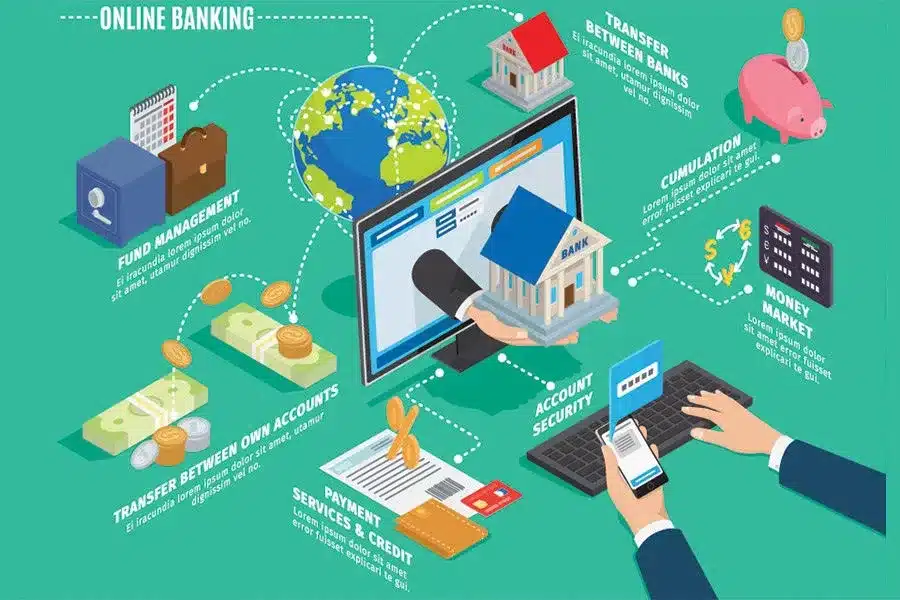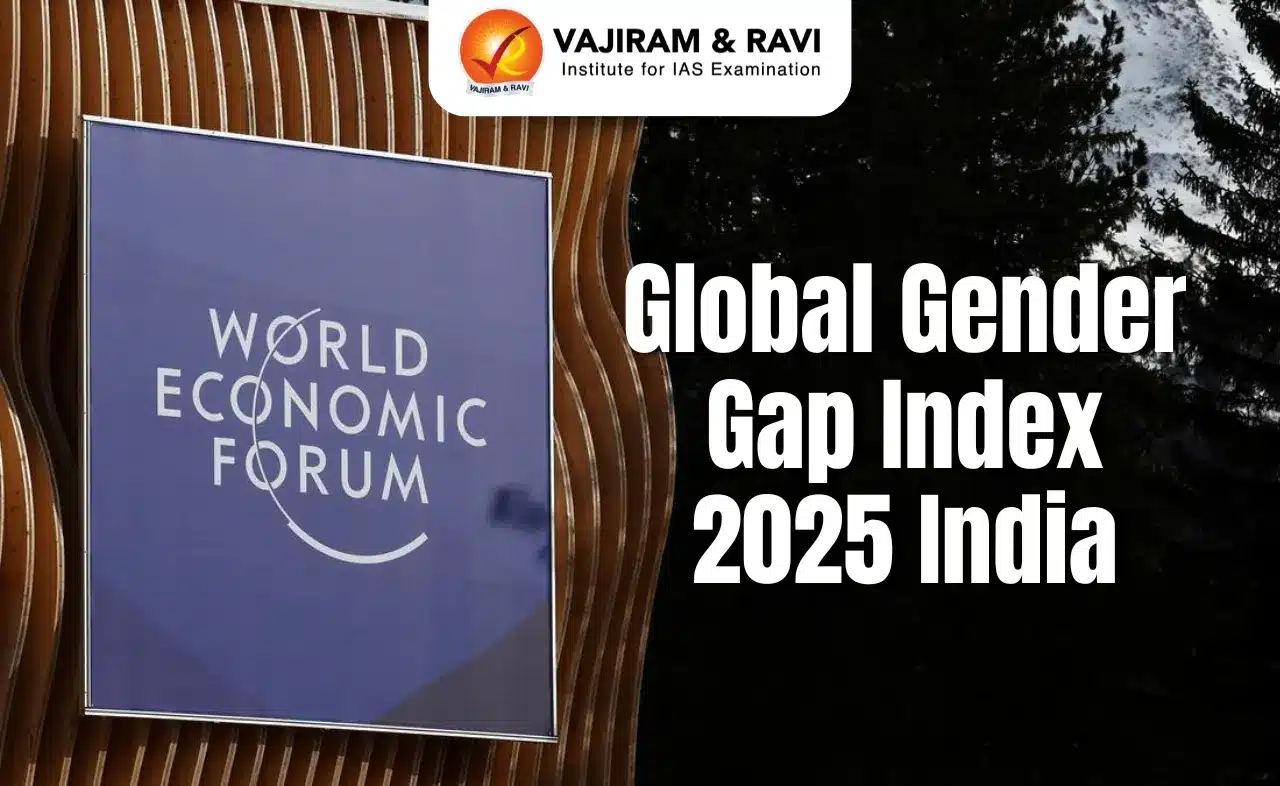What’s in today’s article?
- Why in News?
- India’s Digital Revolution – Highlights of the RCF
- Significance of the Digitalisation in Finance in India
- Challenges Posed by the Digitalisation in Finance
- Remittances in India – Highlights of the RCF
- Way Forward for a Robust Digital Finance Ecosystem in India
Why in News?
- The Reserve Bank of India (RBI) released the Report on Currency and Finance (RCF) for the year 2023-24 with the theme – India’s Digital Revolution.
India’s Digital Revolution – Highlights of the RCF:
- India is leading the global digital revolution, emerging as a frontrunner on the back of its robust digital public infrastructure (DPI), rapidly evolving institutional arrangements, and a growing tech-savvy population.
- Globally, India ranks first in biometric-based identification (Aadhaar) and real-time payments volume; second in telecom subscribers; and third in terms of the startup ecosystem.
- The flagship Unified Payments Interface (UPI) has revolutionised the retail payment experience for end users, making transactions faster and more convenient.
- In the digital currency arena, the RBI is at the forefront with pilot runs of the e-rupee, the central bank digital currency (CBDC).
- The digital lending ecosystem is becoming vibrant with initiatives such as the Open Credit Enablement Network, the Open Network for Digital Commerce and the Public Tech Platform for Frictionless Credit.
- FinTechs are collaborating with banks and non-banking financial companies (NBFCs) as lending service providers.
- They are also operating platforms to facilitate digital credit.
Significance of the Digitalisation in Finance in India:
- Paving the way for next-generation banking: For example, loans in the retail segment are being enabled by online payments and innovative credit assessment models with instant disbursements.
- Innovations are making financial markets more efficient, integrated and inclusive: By –
- Improving access to financial services at affordable costs;
- Enhancing the impact of direct benefit transfers (DBTs) by effective targeting of beneficiaries in a cost-efficient manner; and
- Boosting E-commerce through embedded finance.
- On the external front: Digitalisation is driving growth in India’s services exports and lowering remittance costs.
- Transforming DPI as a global public good: For example, the RBI has joined Project Nexus – a multilateral international initiative to enable instant cross-border retail payments by interlinking domestic Fast Payments System (FPS).
- As part of the project, the country’s UPI and FPSs of Malaysia, Philippines, Singapore and Thailand will be interlinked through Nexus.
Challenges Posed by the Digitalisation in Finance:
- Customer protection: It presents challenges related to cybersecurity, data privacy, data bias, vendor and third-party risks.
- Complex products and business models: Emerging technologies can introduce such models with risks that users may not fully understand, including the proliferation of fraudulent apps and mis-selling through dark patterns.
- Human resource challenges: Digitalisation may induce human resource challenges in the financial sector, necessitating strategic investments in upskilling and reskilling.
Remittances in India – Highlights of the RCF:
- Highest remittance recipient in the world:
- According to the World Bank, global remittances are estimated to have increased to US$ 857.3 billion in 2023.
- This is led by India (US$ 115.3 billion – accounting for 13.5% of the world total), Mexico (US$ 66.2 billion), China (US$ 49.5 billion) and the Philippines (US$ 39.1 billion).
- The cost of sending remittances globally has decreased over time, with digitalisation playing a key role.
- Trends in India:
- In 2021, more than half of India’s inward remittances were from the Gulf countries, while North America accounted for 22% share.
- The ratio of remittances to GDP for India has gradually increased from 2.8% in 2000 to 3.2% in 2023. It is now above that of gross FDI inflows to GDP ratio (1.9% in 2023), providing strength to India’s external sector.
- Future projections:
- Going forward, India is poised to be the world’s leading supplier of labour as its working-age population is expected to rise until 2048, while it has started dwindling for major advanced economies.
- This will propel remittances to around $160 billion in 2029 from $115 billion in 2023, and propel skill upgradation of the workforce.
Way Forward for a Robust Digital Finance Ecosystem in India:
- Regulatory and supervisory frameworks must scale up and become more sophisticated to balance financial stability, customer protection and competition.
- For example, the Government of India has introduced the Digital Personal Data Protection (DPDP) Act 2023 to fortify the protection of personal data in the rapidly evolving digital landscape.
- The goal is to balance effective regulation with fostering financial innovations in a safe, robust and trustworthy ecosystem.
Q.1. What is the Open Network for Digital Commerce (ONDC)?
ONDC is a private non-profit company established by the DPIIT of Government of India under the Companies Act 2013 in 2021. It seeks to promote an open e-commerce network that connects shoppers, platforms and retailers.
Q.2. What is the Digital Personal Data Protection (DPDP) Act 2023?
The DPDP Act 2023 provides for the processing of digital personal data in a manner that recognises both the right of individuals to protect their personal data and the need to process such personal data for lawful purposes.
Source: India at forefront of digital revolution: RBI report | RBI | HBL
Last updated on June, 2025
→ UPSC Notification 2025 was released on 22nd January 2025.
→ UPSC Prelims Result 2025 is out now for the CSE held on 25 May 2025.
→ UPSC Prelims Question Paper 2025 and Unofficial Prelims Answer Key 2025 are available now.
→ UPSC Calendar 2026 is released on 15th May, 2025.
→ The UPSC Vacancy 2025 were released 1129, out of which 979 were for UPSC CSE and remaining 150 are for UPSC IFoS.
→ UPSC Mains 2025 will be conducted on 22nd August 2025.
→ UPSC Prelims 2026 will be conducted on 24th May, 2026 & UPSC Mains 2026 will be conducted on 21st August 2026.
→ The UPSC Selection Process is of 3 stages-Prelims, Mains and Interview.
→ UPSC Result 2024 is released with latest UPSC Marksheet 2024. Check Now!
→ UPSC Toppers List 2024 is released now. Shakti Dubey is UPSC AIR 1 2024 Topper.
→ Also check Best IAS Coaching in Delhi






















